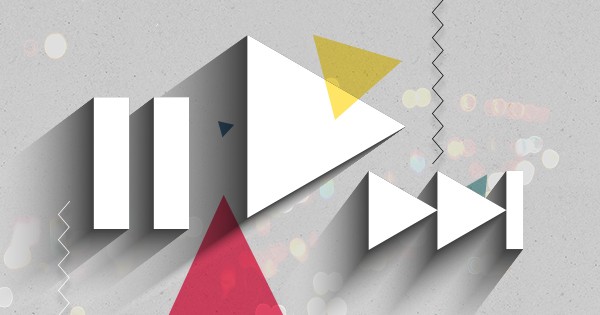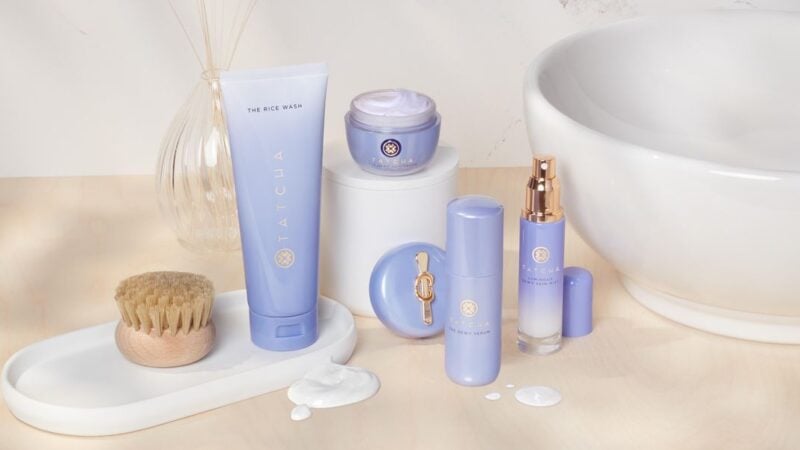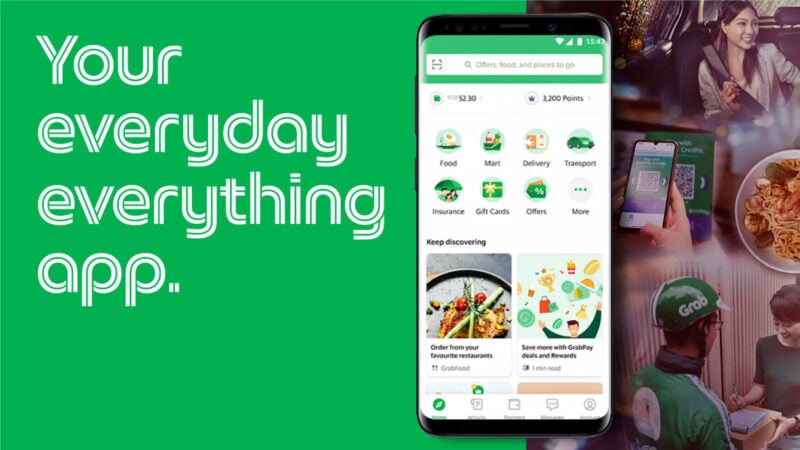The Day After: which COVID-19 habits will stick?
Research has shown that adopting a new habit takes an average of 66 days. With the current forced lockdown disrupting our day-to-day pattern, people have had to rethink their usual routines while at the same time opening up to alternatives. Think for example of the daily ‘to-go’ coffee on the way to work, now replaced by a home-made espresso or drip coffee. One would expect some of these new routines- after more than 66 days in lockdown – turning into habits that will stick. But which ones, and how can brands act upon this changing consumer behavior?
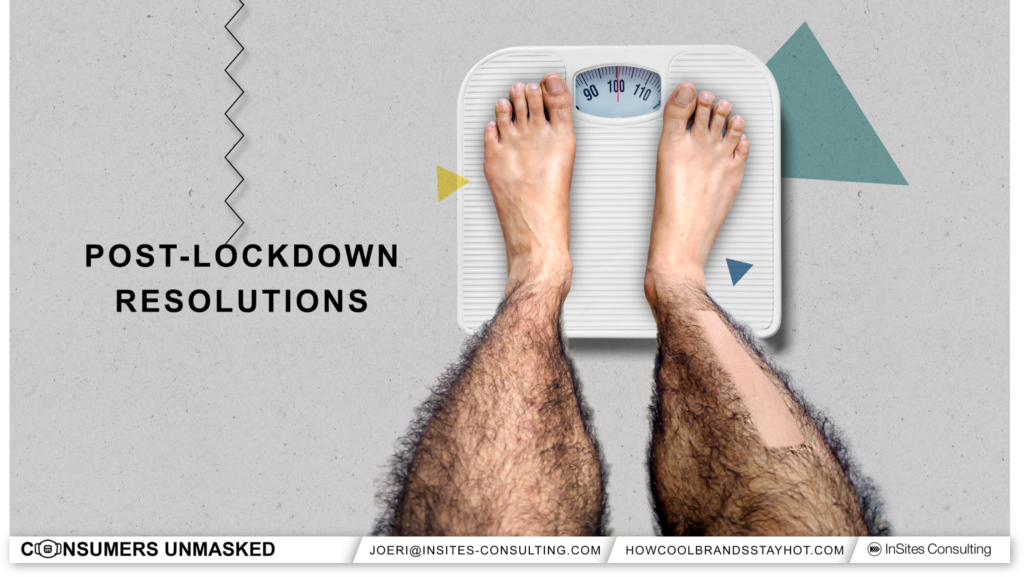
The rise of new routines and habits is something we also witnessed in our own global qualitative COVID-19 consumer community. From the start of the lockdown till today, we engaged with 102 consumers from 13 countries, to get an understanding of (the changes in) their everyday lives. Consumers expressed the intention to maintain those changes in the future for three dimensions.
#SocialCraving
“I miss my family, a lot; I miss their hugs, not their words because I can speak with them all day, but it´s definitely not the same.”
Spain, 40-55
This lockdown makes consumers realize how much they miss the ‘human touch‘, deeply connecting with family and friends. Although many digital tools are available to make contact, they are craving being physically close, as nothing can beat a live chat, a real hug or a kiss. More frequent quality time with loved ones has turned high on the priority list, and is something consumers want to increasingly invest in after the lockdown.
#HealthBoost
“I will continue to wash my hands frequently as I’m used to in my new normal, and will continue to use sanitizer every time I come back from the mall/ shop or wherever I may have been, and I will still wipe product packages that I will buy (induced by my new normal).”
South Africa, 40-55
This worldwide pandemic has increased the awareness around hygiene measures; washing hands is a habit many consumers have embraced which is likely to stay. Due to the many education campaigns, people understand and have the intention to continue good hand hygiene – yes, the 20-second rule really sticks. Next to that, carving out more time for sports or simply unplugging and being outside is on the consumers’ healthy habits list. Finally, many consumers have discovered the joy of cooking, and would like to keep up this healthy habit of home-cooked meals. Next to the delicious and healthy food it brings to the table, they also enjoy the sense of accomplishment it brings them.
#PlannedShopping
“I might continue to do my food shopping only weekly instead of more frequently. I am planning meals and this means less waste.”
UK, 25-39
To minimize the risk of contamination, consumers turn to contactless payment and try to limit the time spent at the supermarket by adopting a better planned shopping approach. This means going to the store less frequently, making a shopping list, or even drawing up week menus. Although this is a big of an adjustment for the more spontaneous shoppers, they see the convenience and financial benefit of this new routine. Many express their good intention to continue living a more ‘planned life’ once the lockdown will be finished.
Turning routines into habits: the habit loop
Although it is hard to predict what routines will stick, we do know how they can be turned into habits. The concept of the habit loop – introduced in Charles Duhigg’s book ‘The Power of Habit’- is vital to understand how habits are formed and can be transformed. This is done in three stages (i.e. cue, routine and reward), and understanding these can help brands act upon both old or newly formed habits and routines.
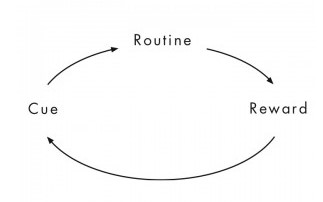
#Cue
Each habit loop starts with a cue from the internal or external environment that triggers the (desired) behavior. Think for example about your pre-COVID-19 morning routine, where walking past a coffee shop on the way to work was your cue to buy that much needed shot of caffeine. Brands can play a role in providing that cue. In our global COVID-19 community, consumers shared their struggle to take regular breaks while working from home. Since the home office will be part of the ‘new normal’, they are eager for solutions like for example break apps, activity reminder apps (e.g. Healthier, Stand Up!, Stretchly). Another example is wine vendor ‘Humble Grape’ organizing weekly wine chats via Instagram Live. Every Tuesday at 18:15 GMT they invite consumers to an ‘e-peritif hour’ while educating them on wines, thereby providing the perfect trigger to form a new habit.
#Routine
This is where the actual behavior takes place in the habit loop, such as buying coffee on the way to work. Brands can play a role in shaping that habit by creating (shareable) experiences around that behavior. In early COVID-19 days, Dettol launched the #HandWashChallenge on TikTok, turning a vital public-health message into a shared challenge while at the same time becoming a TOM hygiene brand. But it could also be about brands supporting the consumers’ intention to spend more quality time with family and friends. The party rental start-up Social studies has well understood the social craving of consumers, and fulfills this need by delivering a box to their doorstep containing everything they need for a fancy dinner at home – from table decor to the flowers – and the two things the consumer needs to organize are food and friends.
#Reward
The last stage of the habit loop consists of receiving a reward for desired behavior. In our coffee example, this would be the initial caffeine kick, but also the simple enjoyment of a cup of coffee. Brands can smartly engage around rewards with consumers. The meal delivery service Dinnerly, for example, offers food box vouchers to stimulate consumers to try their service. Instead of giving a $30 voucher at once, they give two $15 vouchers, encouraging consumers to internalize the new habit of home-cooked meals obtained in food boxes.
So, is your brand ready to support consumers in maintaining and building post-lockdown habits?
Tune in and hear from Joeri Van den Bergh (Future Consumer Expert & Co-founder InSites Consulting) and Sarah Van Oerle (our COVID-19 Community Manager) what consumers envision as their new reality. Consumers Unmasked: Insights into an evolving COVID-19 reality!
Interested in tapping into your own consumers unmasked community? Check out our dedicated COVID-19 online community approach and get in touch!
